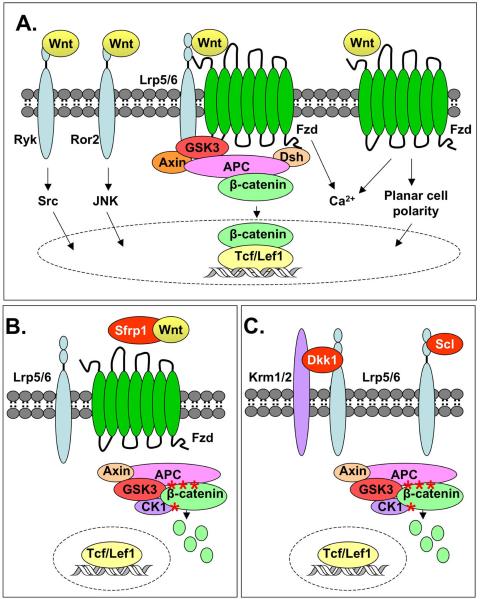Figure 2. Activation and inhibition of Wnt signaling pathways.
A) The “canonical pathway” is stimulated when Wnts bind to Frizzled (Fzd) receptors and low-density lipoprotein receptor-related protein (Lrp)5/6 co-receptors (center). This activates Disheveled (Dsh), which inhibits a cytoplasmic complex composed of glycogen synthase kinase (GSK)3β, Axin, and adenomatous polyposis coli (APC). Cytoplasmic β-catenin levels rise and some β-catenin translocates to the nucleus where it associates with T-cell factor (Tcf)/lymphoid enhancer-binding factor (Lef) transcription factors to regulate gene expression. During non-canonical Wnt signaling (right side of the figure), Wnts bind a Fzd receptor, but the downstream signaling events do not involve GSK3β or β-catenin. Two non-canonical Wnt signaling cascades that have been identified are: 1) Wnt/calcium signaling increases intracellular Ca2+ levels and activates protein kinase C and calcium/calmodulin-dependent kinase; and 2) The Wnt/planar cell polarity pathway that signals through Rho/Rac GTPases and c-Jun N-terminal kinase (JNK) to modulate cytoskeletal elements and gene expression. Wnts also bind to receptor tyrosine kinases receptor-like tyrosine (Ryk) and receptor tyrosine kinase-like orphan receptor 2 (Ror2) to activate oncogene (Src) and JNK signaling, respectively (left side of figure). B) Secreted frizzled-related proteins (Sfrps) antagonize canonical Wnt signaling by binding the ligands and preventing their association with Fzd receptors. In the absence of Wnt signaling, GSK3β phosphorylates (asterisks) β-catenin, which marks it for ubiquitination and degradation by the proteosome. C) Dickkoph (Dkk1) suppresses Wnt signaling by forming a ternary complex with Lrp5/6 and Kremen (Krm)1/2. Sclerostin (Scl) also binds to Lrp5/6, but not Krm1/2, to antagonize canonical Wnt signaling.

